German heavy battle tank Tiger II (King Tiger), Panzerkampfwagen (PzKpfw) VI Ausf B (SdKfz 182).
Firepower, Protection, Mobility (Part III).
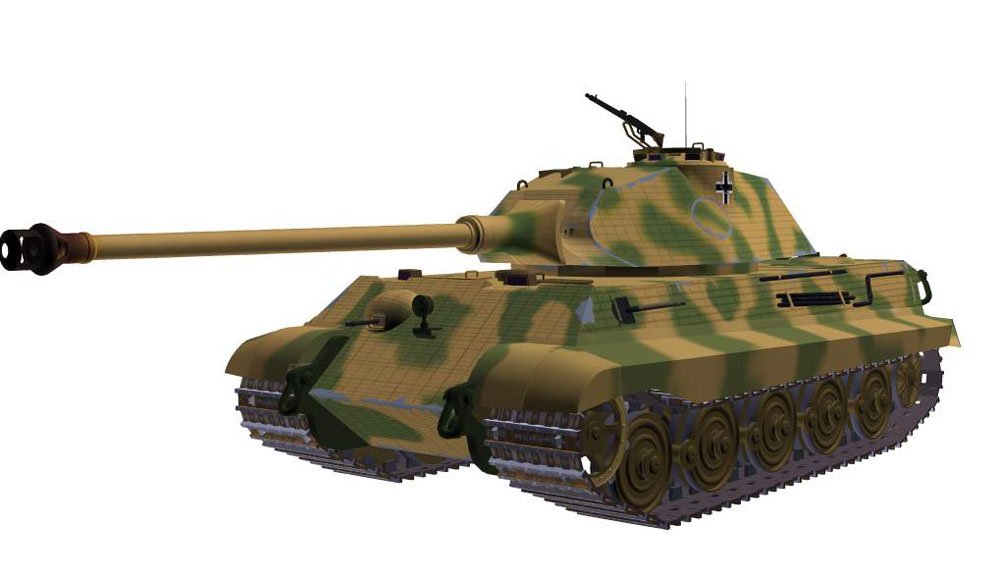
 Here to Part II of Tiger II: Production, service, specifications, statistics and 3D model.
Here to Part II of Tiger II: Production, service, specifications, statistics and 3D model.
Panzerkampfwagen VI Ausf. B. Tiger II (SdKfz 182)
Type: German heavy tank.
Firepower
Table of Contents
The Tiger II was armed with the KwK 43 tank gun, which was derived from the 88-mm Pak 43 and is generally regarded as the best anti-tank gun of the Second World War. These weapons had a dramatically improved performance compared to the original 88-mm anti-aircraft gun.
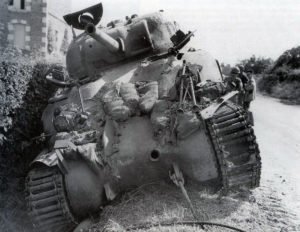
As soon as our cannon was ready to fire again, we began to shoot. Then another shell smashed our left rear fuel tank. Burning fuel splashed over the back of our tank, the chains and on the floor.
I screamed to my boys that now was the time to go. We jumped out of our tank like peas from a hot pod before the tank came to a halt.’
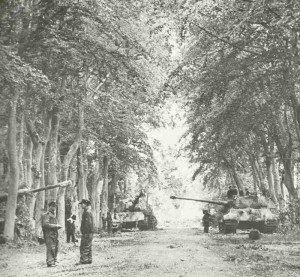
In addition to the shell penetrating the vehicle, the armor is also affected by fragmentation. This occurs when the projectile hits the armor and distributes fragments with high acceleration within the vehicle.
A recovery expert of the American Army in Western Europe 1944-45, who examined destroyed or burning tanks of his unit, describes the conditions within a Sherman tank after the hit of an Eight-Eight as follows: ‘It’s not beautiful. An 88-mm shell rotating inside the tank shattered every crew member unlucky enough to have stood in its way. When the tank was hit by an Eight-Eight and caught on fire, the smell of burnt flesh could be overwhelming. Due to the intense heat of a burning tank, the burned bodies of its crew shrank to half their original size’.
The injuries, which were caused by the high-speed anti-tank shells of the German guns within penetrated American tanks, were so terrible that there was a firm rule with the 4th US Armored Division that if the crew had left a hit tank, only wounded comrades could be helped outside the vehicle.
If any of the tank men were killed, the surviving crew members were forbidden to salvage these bodies from the vehicle. Instead, recovery vehicles were used to tow the hit tank to the rear, where auxiliaries removed its remains.
The reason for this was that the tank crews should never see how terribly they could die inside their vehicles if they were hit by a German anti-tank shell. This would have had a lasting effect on their morale and aggressiveness in the next battle with German troops.
Protection
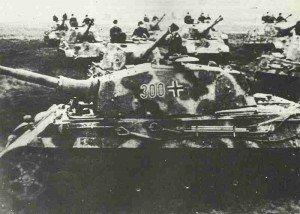
Since vehicle technology at that time was not able to construct tanks with strong protection and great mobility at the same time, the designs were a compromise.
For the Tiger, protection was preferred to mobility. Nevertheless, no tank can be protected against threats from all directions and distances. Therefore, contemporary designers used their common sense to protect the tanks as well as possible. Today we know that the front armor of vehicles should be angled at 60° for optimum protection.
The Tiger II, based on the experience with the Russian T-34 tank, used angled armor, which greatly improved the effectiveness of the protection, just like the Panzer V Panther was designed before.
This happens in two ways: firstly, because it increases the thickness of the armor in the horizontal and secondly, because this offers less attack surface for a projectile, which could still bounce off rather than penetrate.
The effectiveness of the armoring of the Tiger II becomes clear from a battle from the year 1945, when a Tiger II knocked-out a Sherman tank surprisingly from less than 160 yards (150 meters). The five other Sherman tanks then opened fire from 200 to 600 yards and scored five or six hits on the front of the Tiger. They all bounced off, the Tiger II drove back and was gone. The American tank crews noticed to the incident, if they had tanks like the King Tiger, they would still win the war today.
At the US Army had above all the M4 Sherman the ‘show time’ against Tiger. The American armor-piercing standard shell M61 for the 75 mm gun failed to pen however both with the Tiger I and with the King Tiger at the front armor and sometimes even at the side armor simply.
Even the improved Sherman with the 76-mm gun could not penetrate both Tiger models frontally from distances of more than 55 yards (ca. 50 m).
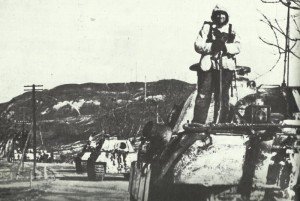
In February 1945, 21 Tigers II of the heavy 503rd SS tank detachment were used for a counter-attack at the threatened Gdansk in four combat groups. Karl Bormann was one of the tank commanders and reported that his crew alone destroyed 66 Soviet tanks, 44 guns and 15 trucks within six weeks.
To react to the threat from the Tigers II, the Soviet 2nd Guard Tank Army deployed its numerous IS-2 tanks with its heavy 122 mm gun. A single hit of this cannon could put a Panther out of action or jam the turret of the King’s Tiger.
Bormann noted that the Stalin tank was the strongest opponent and was difficult to eliminate. They had to hit the turret ring, which destroyed anyway any tank.
The advantage of the Tiger II was that its loader could reload the gun faster than the Russians in their heavy tanks the 122 mm shells, which had to be loaded separately in warhead and propellant charge. As far as reloading time was concerned, the Eight-Eight was unbeatable.
They were able to shoot a Stalin tank from the side with the first shot – a lucky hit – from 1,800 yards (1.65 km).
The frontal armor of the Tiger II could not be penetrated by any allied tank or anti-tank gun. The frontal armor of the Tiger II was also softer than that of the Tiger I and was therefore also not so sensitive against the breaking.
Mobility
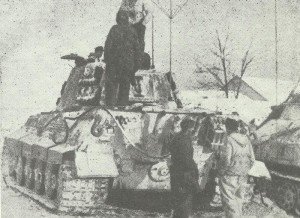
So the Americans reported that the Panther and Tiger tanks had a much better cross-country mobility in the mud or snow due to their wide tracks than the Sherman tanks. In their opinion the Panzer V and VI were clearly superior to the Sherman tanks in mobility.
Also, the relatively quiet driving sound enabled the German tanks to often approach the much louder American tanks undiscovered.
Also, the weight of the Tiger tanks was very well-balanced beside the lower ground pressure by the wide tracks, so that they did not sink so easily in the deep mud. In addition, the power ratio of the Tiger engine to the tank weight and its track suspension were superior to the lighter Allied tanks.
Nevertheless, the Tiger I and above all the Tiger II had its mechanical weak points due to the higher weight. Also, the fast development and short introduction time of the tanks lead to problems.
This led to the fact that the Tiger I and II could not usually drive more than 55 miles (90 kilometers) at a time, without this lead to mechanical difficulties and empty fuel tanks.
Tanks usually have – even today still – a short durability. Above all the heavy armor and the use of small, narrower and lighter engines as with the Tiger, parts of the suspension gear, drive etc lead to a high wear of spare parts.
However, the Wehrmacht was aware of the disadvantages of their heavy tanks and so the commanders of higher staffs were made aware that the Tigers can decide a battle, but only as long as one uses them sparingly.
So forced marches were forbidden, since these causes unnecessary wear at engines, power transmission and suspensions. The tracks of the Tigers were usable only for less than 500 miles (800 kilometres) if they were stressed hard.
While on the movement into new positions the Tigers should drive individually, one after the other, since this was possible then with even speed; without constant braking and restarting. Also, the route of the Tigers had to be planned before carefully due to their size and weight.
Therefore, so some German generals were forced to change their battle plans in order to consider the tactical and mobile restrictions of the Tiger tanks intended to use in the combat.
References and literature
Kraftfahrzeuge und Panzer der Reichswehr, Wehrmacht und Bundeswehr (Werner Oswald)
Encyclopedia of German Tanks of World War Two (P.Chamberlain, H.L.Doyle)
Panzer und andere Kampffahrzeuge von 1916 bis heute (Christopher F. Foss, John F. Milsom, Colonel John Stafford Weeks, Captain Georffrey Tillotson, Richard M. Ogorkiewicz)
Panzerkampfwagen des 1. und 2. Weltkrieges (Andrew Kershaw)
Krieg der Panzer (Piekalkiewicz)
The Encyclopedia of Weapons of World War II (Chris Bishop)
Tigers in Combat I + II (W. Schneider)
Sledgehammers: Strength and Flaws of Tiger Tank Batailions in WWII (C.W.Wilbeck)
Tiger tanks (Michael Green)
Der Panzer-Kampfwagen Tiger und seine Abarten (Walter J. Spielberger, Hilary L. Doyle)


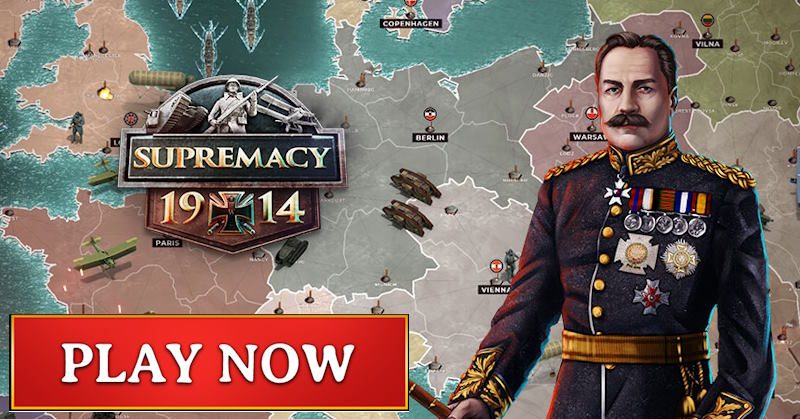
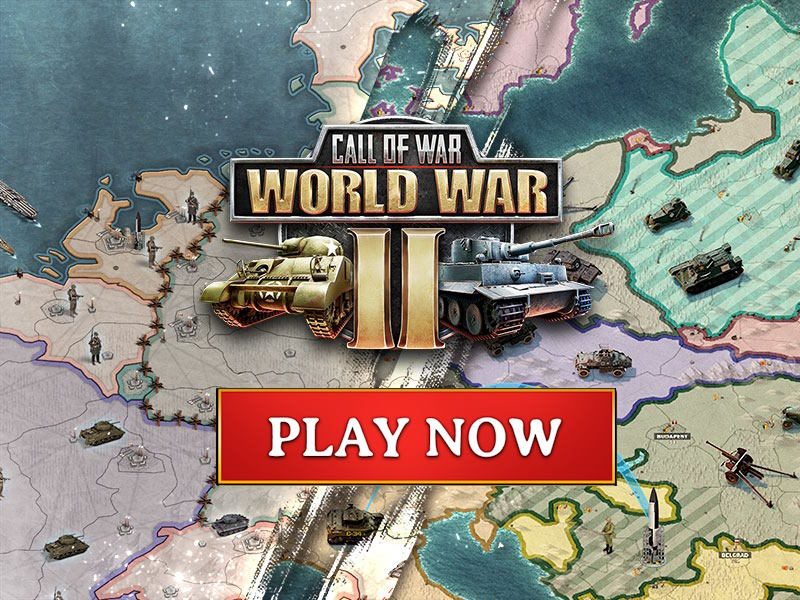
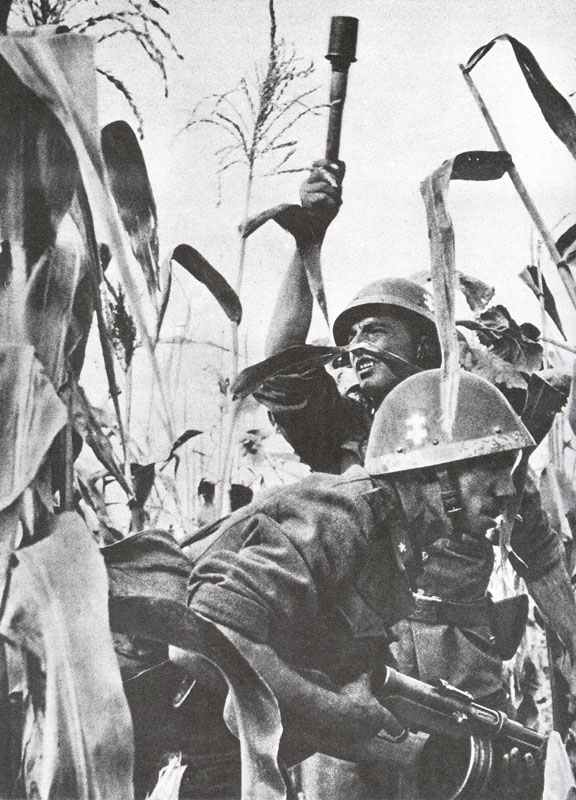
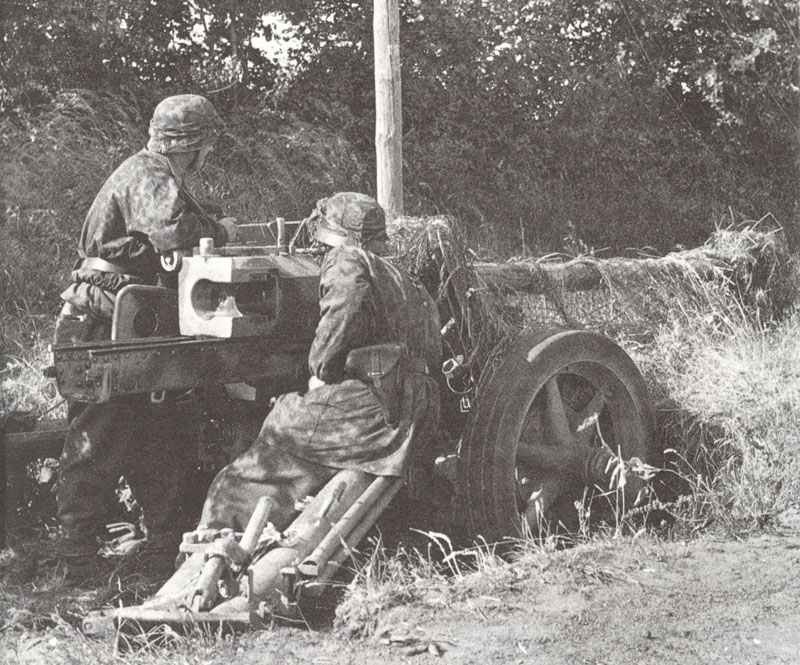
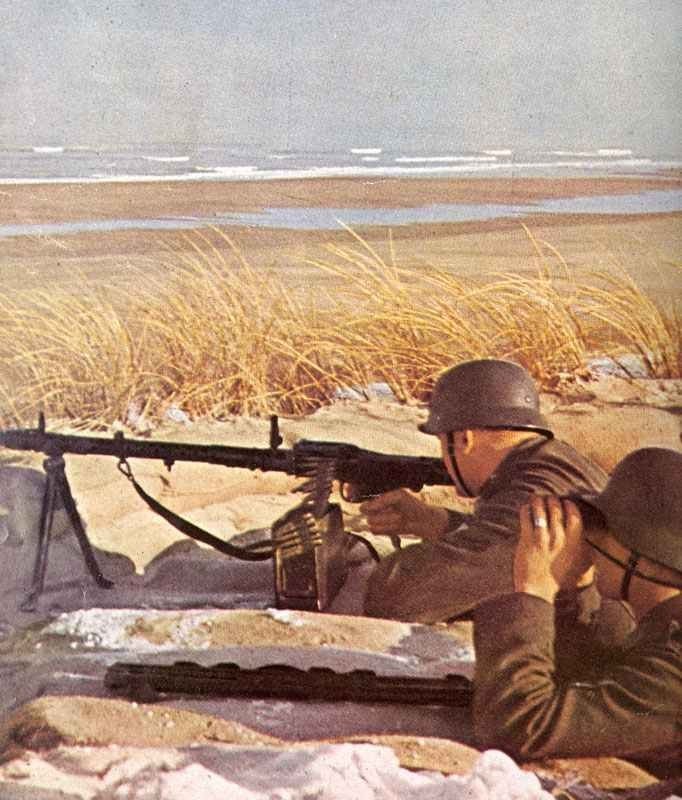
I just finished the book Panzer Aces. In it the author makes the broad but telling statistical statement 30 Tiger I tanks were destroyed as total write offs for every 1000 Russian tanks destroyed. The statement does not mean that 1000 Russian tanks were destroyed BY Tiger I tanks, but rather it is a simple generalized statement. We don’t know how many Panzers of other types might have been destroyed in killing those 1000 Soviet tanks.
The book does describe in gripping detail how the Tiger I was supreme on the Russian battlefield where three or four Tigers would take on 50 or 60 T-34s as well as numerous anti-tank fronts and still come out on top. The superior hardware PLUS much better training and motivation tipped the scale in the Panzertruppen’s favor over the more numerical Soviet tanks and anti-tank guns.